Pleurotus dryinus – Veiled Oyster
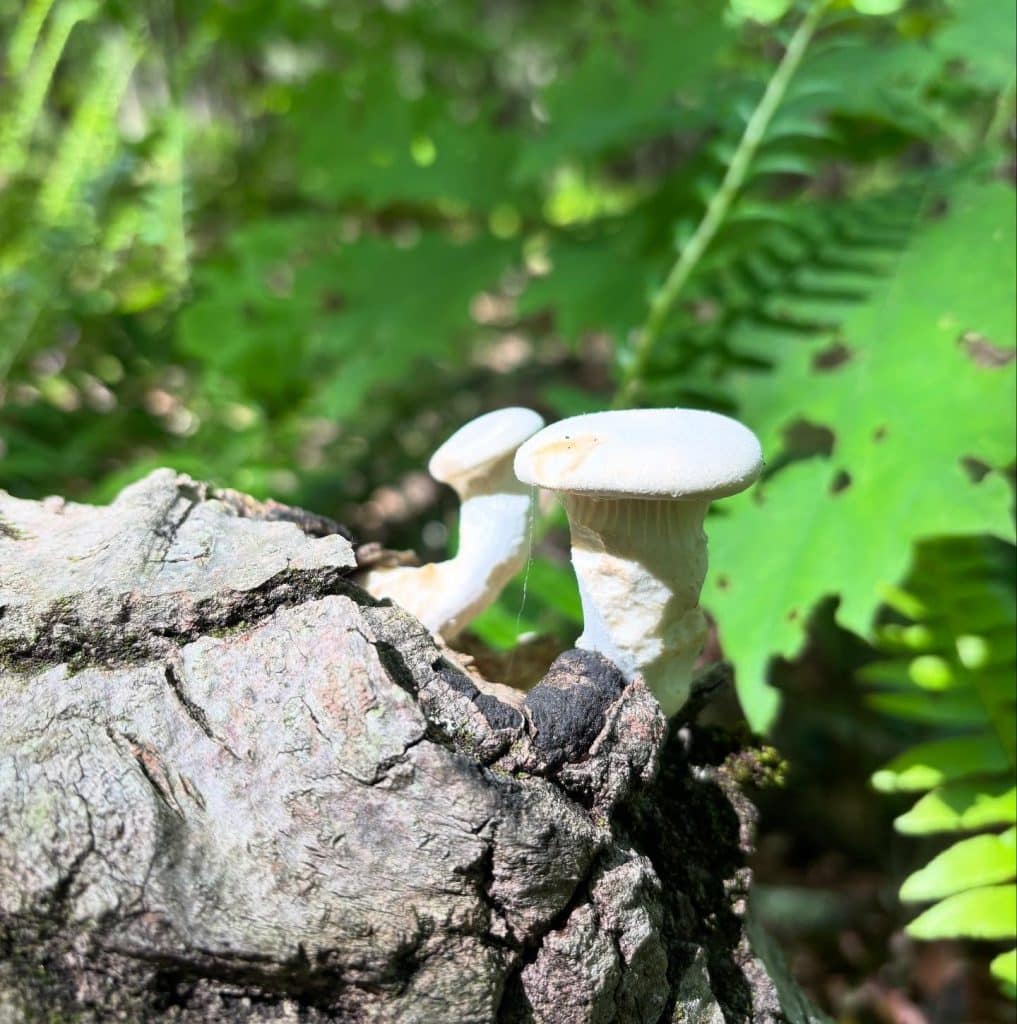
The veiled oyster (Pleurotus dryinus) is an edible oyster mushroom that can be found throughout North America. It fruits spring-fall in New England. It is most often found growing as a decomposer on dead and dying oak and beech trees but can also grow on other hardwoods. The mushroom can grow singularly or in small […]
Melissa officinalis – Lemon Balm
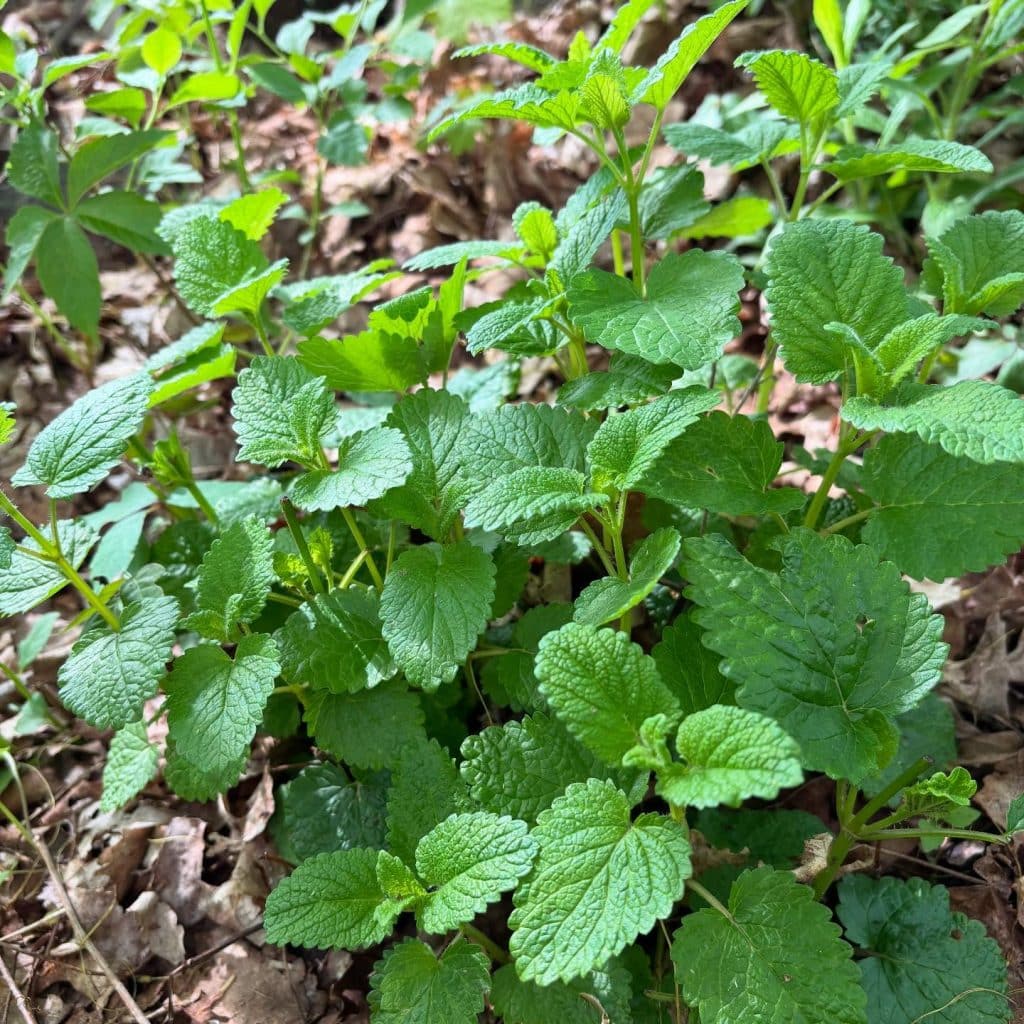
Lemon balm (Melissa officinalis) is an edible, non-native perennial in the mint family. It can be found in fields and meadows. The plant can escape cultivation and grow rapidly. Lemon balm can be identified by its square stems, opposite leaves, and lemony scent. It could be confused for other mints, but no plants in the […]
Humulus lupulus – Common Hops
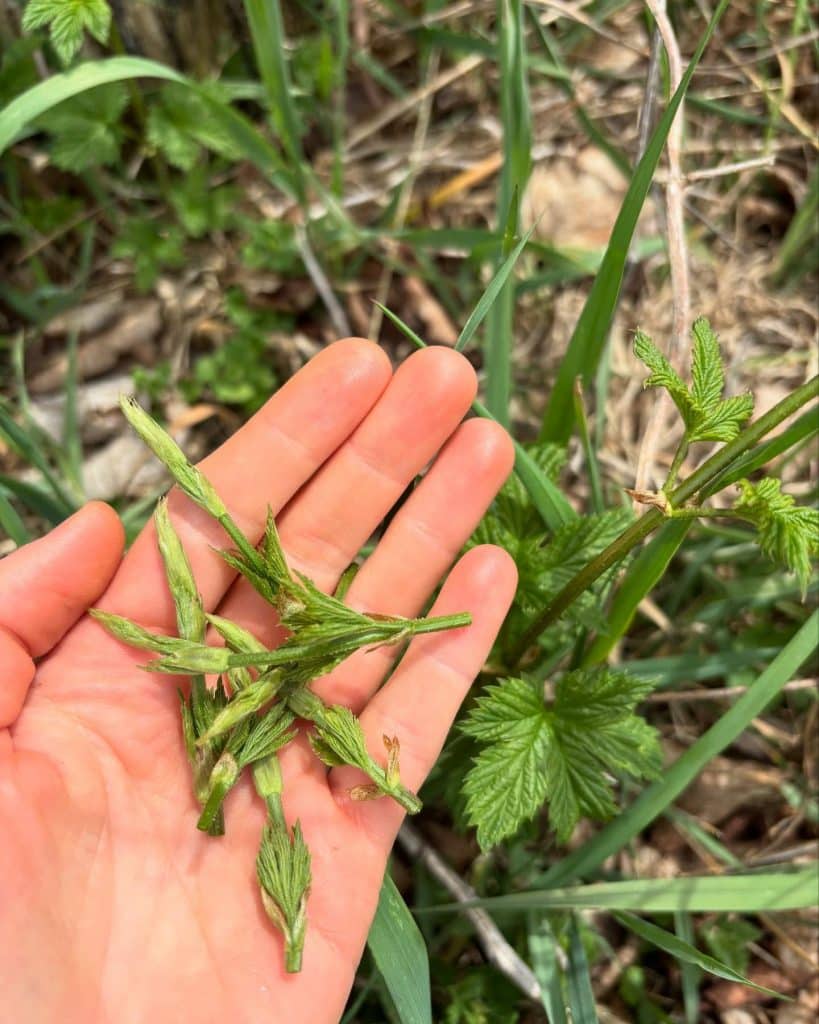
Common Hops (Humulus lupulus) are most known for their use in beer making, but they also produce edible shoots this time of year. Common hops are native to North America, but there are also varieties that are non-native. Hops can be found along forest edges, fences, and rivers. They prefer partial to full sun. Hops […]
Caltha palustris – Marsh marigold
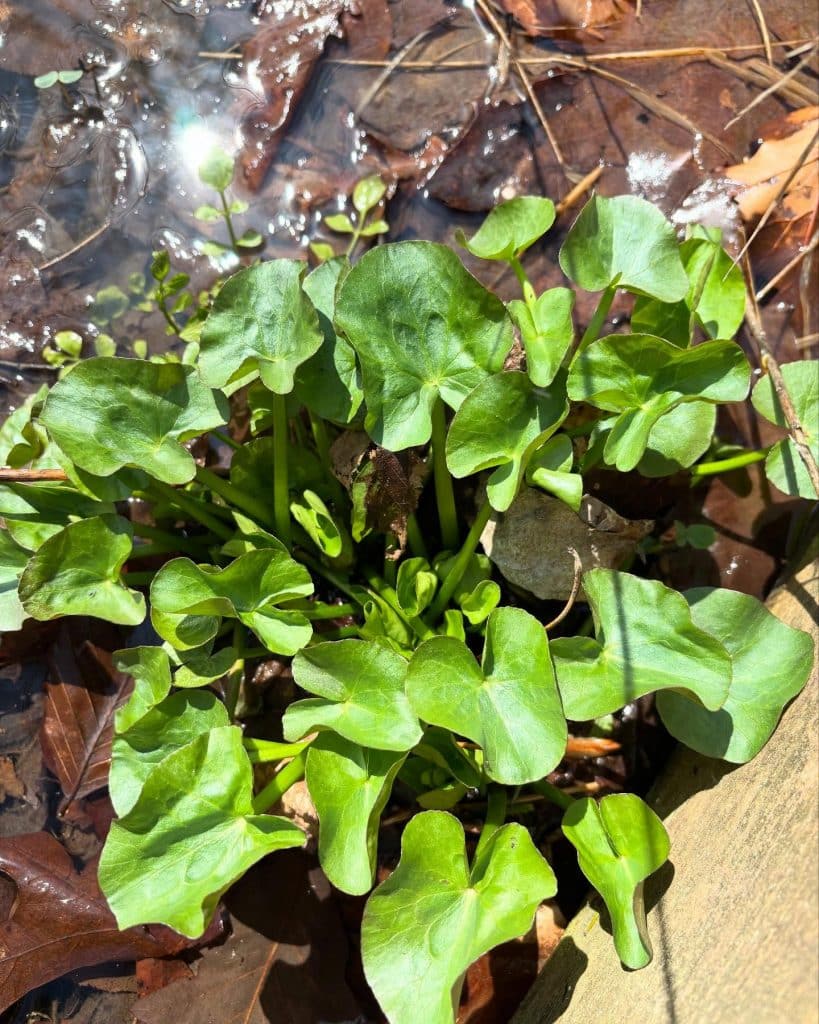
Marsh marigold (Caltha palustris) is a native perennial wildflower in the buttercup family. It can be found blooming April-May in marshy places. Marsh marigold, also known as American cowslip, has hollow stems, heart-shaped leaves, and five-petaled bright yellow flowers. The raw plant contains poisonous glucosides, which are dispelled with boiling. Leaves should be boiled in […]
Nasturtium officinale – Watercress
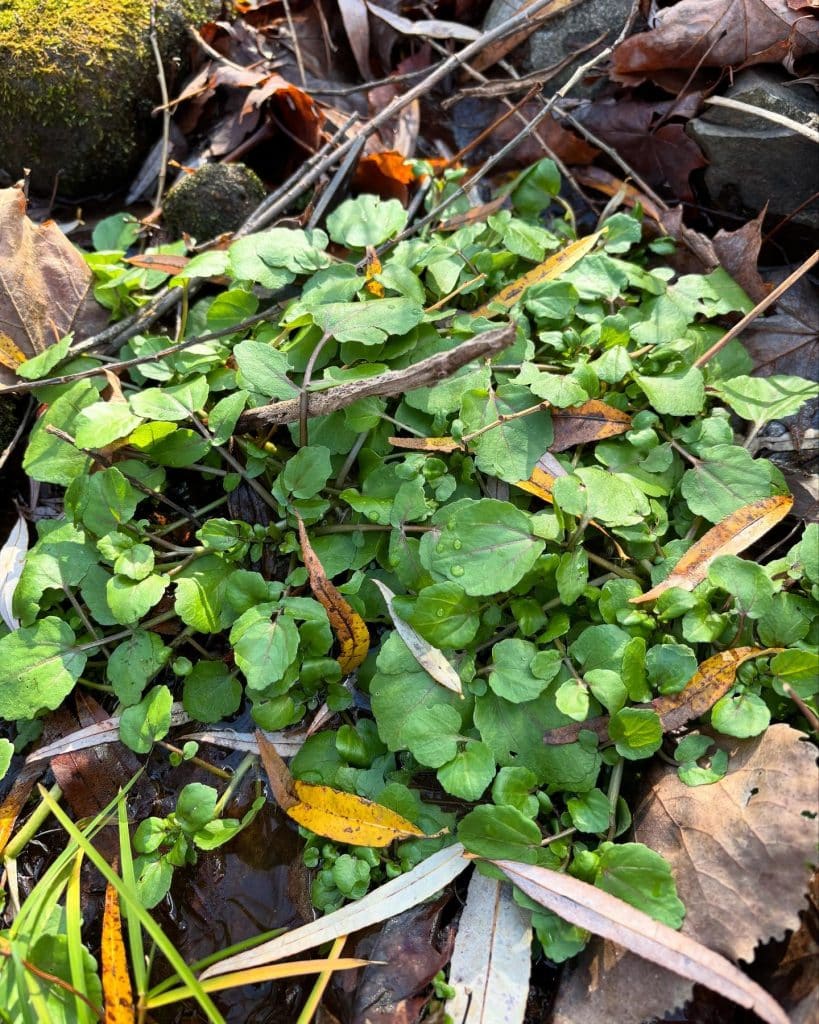
Watercress (Nasturtium officinale) is an edible perennial in the mustard family that can be found throughout the United States. It was brought over from Europe and has since become invasive. Watercress can be found in streams with water 1-6 inches deep. It is imperative to ensure the water is not polluted and the stream is […]
Taxus canadensis – Canada Yew
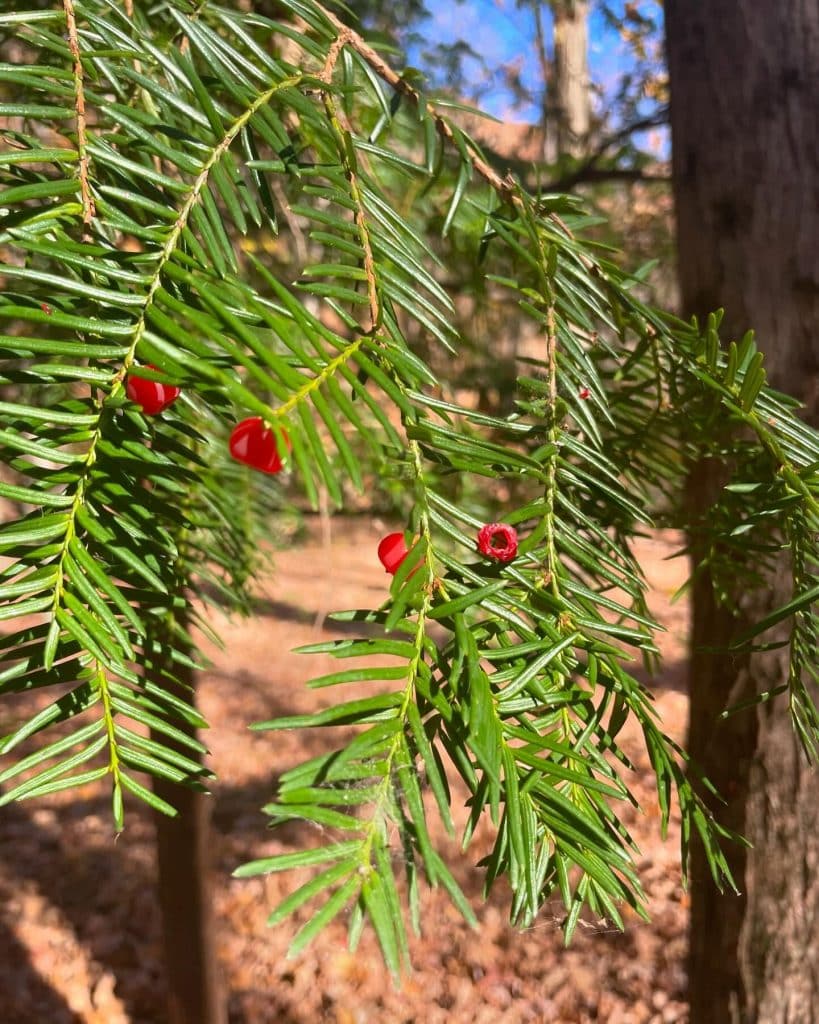
Canada yew (Taxus canadensis) is a native species of yew that can be found growing wild in CT in forested areas. The plant is nearly all toxic. Yew has pointed needle-like leaves that grow in two lateral rows along the branch. The plant produces red arils (berry-like seed coverings) in late summer. The berries can […]
Rhodotypos scandens – Black jetbead
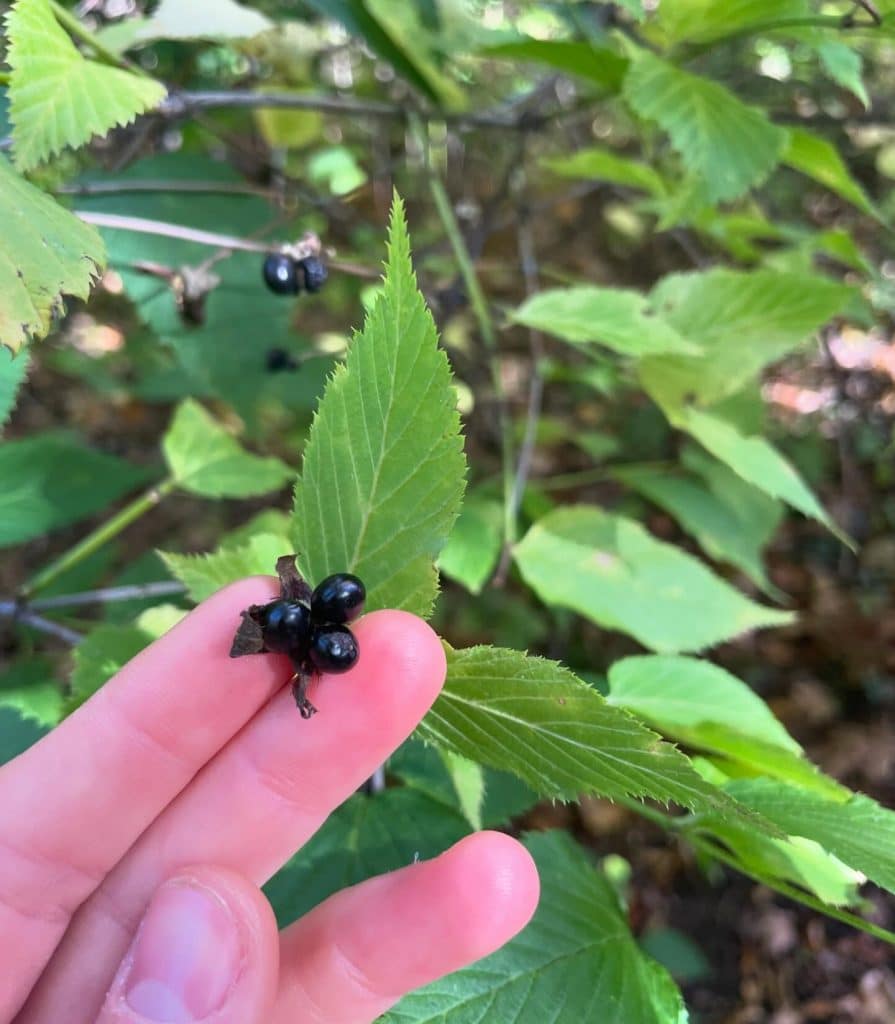
Black jetbead (Rhodotypos scandens) is an invasive plant in the rose family that is highly toxic. Black jetbead is native to Asia and was introduced to the United States as an ornamental. It can be found in forests and along roadsides. Black jetbead produces white flowers in the spring. In the fall, the plant produces […]
Galerina marginata – Deadly Galerina
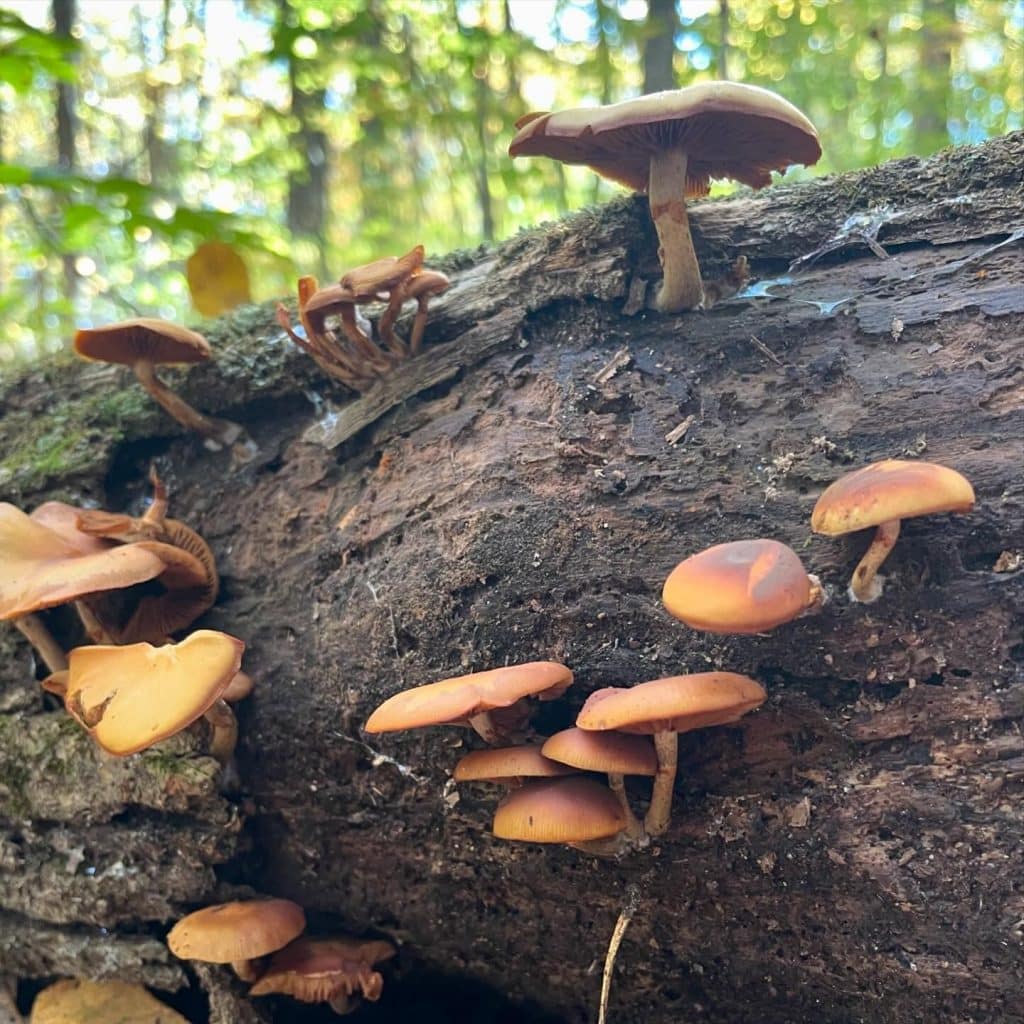
The Deadly Galerina (Galerina marginata) is the deadly toxic look-alike to edible honey mushrooms (Armillaria spp.) and enoki (Flammulina velutipes). The deadly galerina grows scattered or in small clusters on hardwood or conifer logs. It generally fruits June-October. The cap is orange-brown to dark brown and sticky. Gills are yellow, becoming rusty-brown with age. The […]
Tricholoma “caligatum” complex – False Matsutake
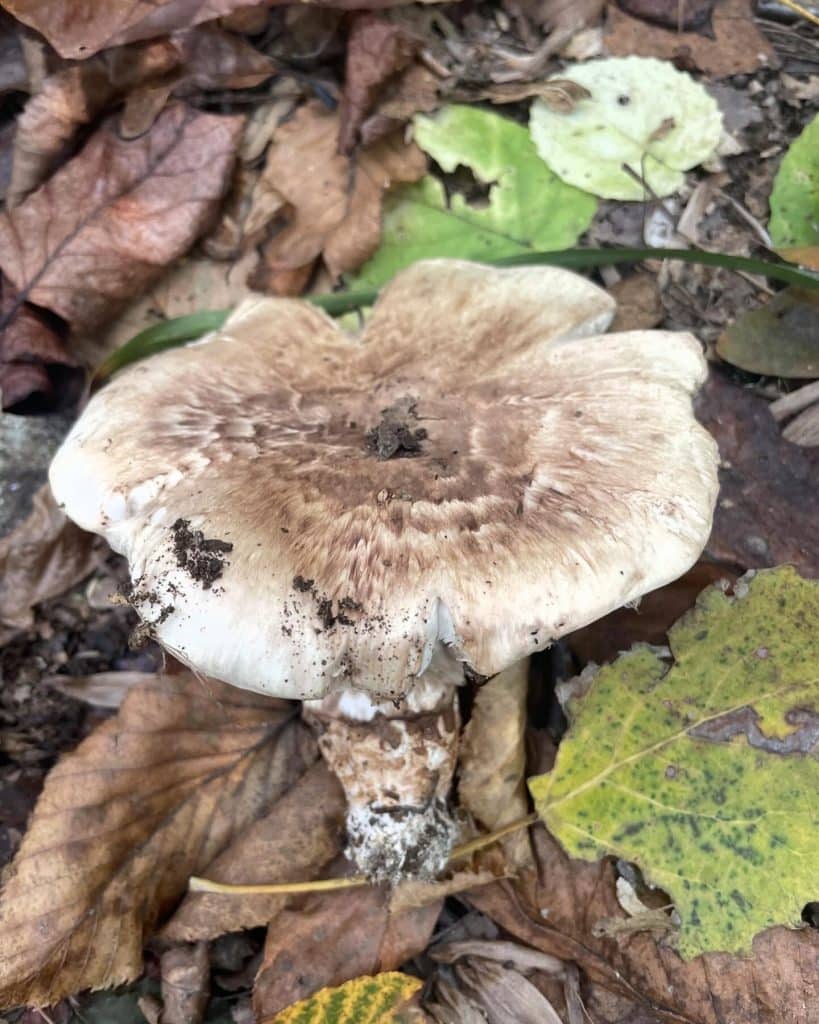
False matsutake (Tricholoma “caligatum” complex) is a group of Tricholoma species that closely resemble the choice edible American matsutake (Tricholoma magnivelare). False matsutake can be found July-October in the northeast. It grows in association with hardwood trees, particularly oaks. False matsutake has a white cap with flat brownish scales. The stem is smooth and white […]
Rubus spp. – Dewberries
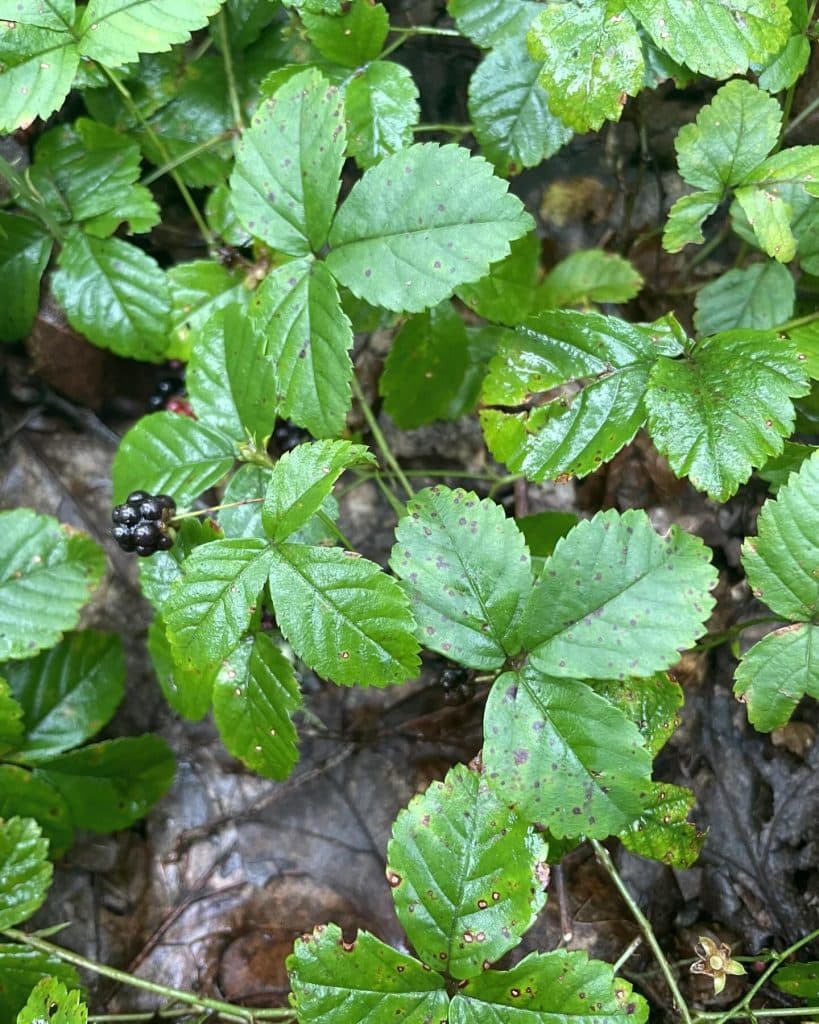
Dewberries (Rubus spp.) are a native relative of blackberries. They can be found along the side of trails in central and eastern North America. Dewberries stay low to the ground, whereas blackberries have upright canes. Leaves are alternate and compound, usually in groups of three or five. The fruits form a compact aggregate berry, unlike […]
Xanthoconium affine
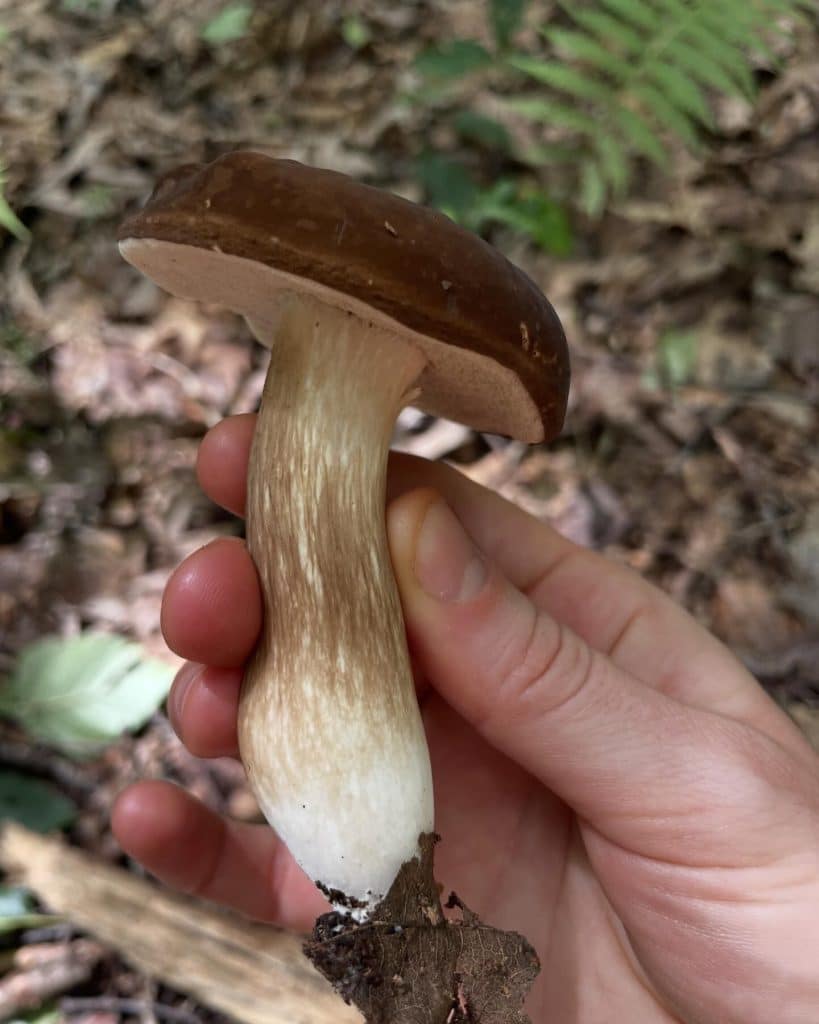
Xanthoconium affine is an edible mushroom that can be found July-October. It is mycorrhizal with hardwood trees, especially beech and oak. The cap is dark brown or reddish-brown, turning yellowish-brown. Pores are white, becoming pale yellow. The mushroom does not stain blue. The stem is streaked with a color that is paler than the cap. […]
Xerocomus illudens
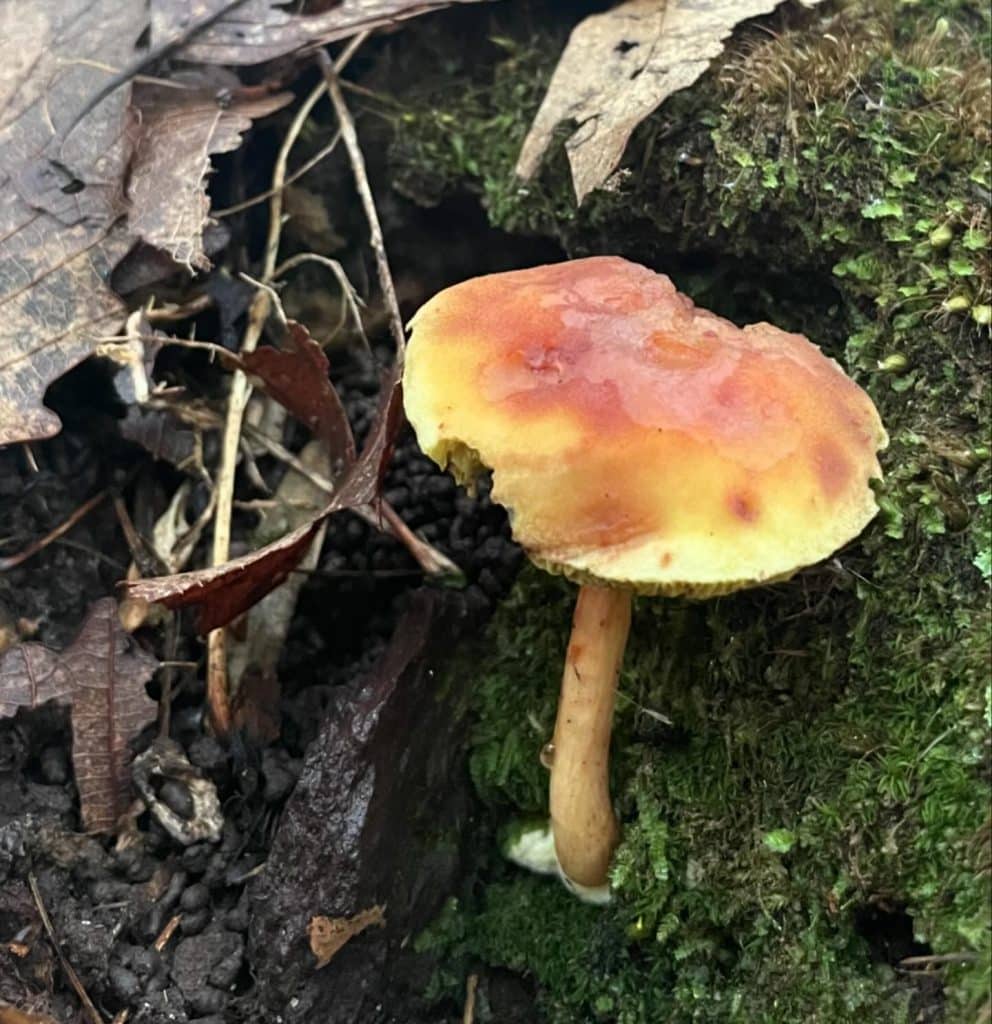
Xerocomus illudens is an edible bolete that fruits July-October. It forms mycorrhizal relationships with oaks and possibly other hardwoods. The cap is cinnamon-brown or pinkish-cinnamon colored. The pores are lemon yellow and angular. The flesh is pale yellow and does not stain blue. The stem is mustard-yellow and has a course net. Spore print is […]
Asparagus officinalis – Wild Asparagus
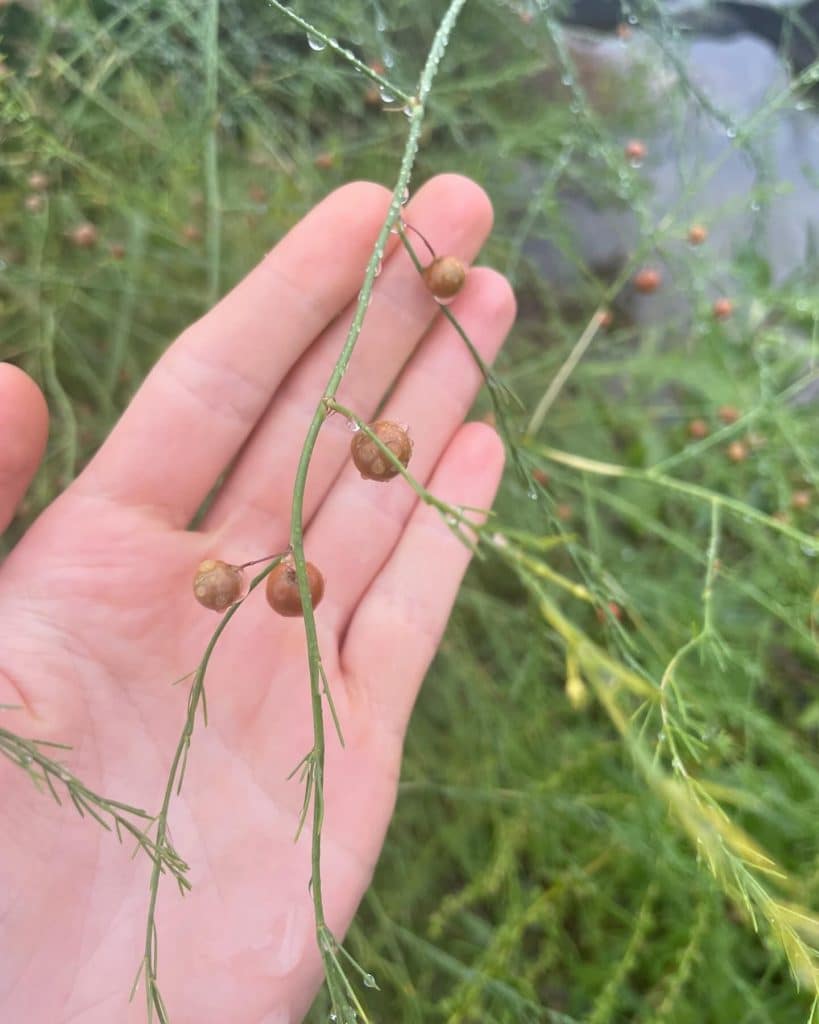
Wild Asparagus (Asparagus officinalis) is the same species as cultivated asparagus. The plant has escaped cultivation and can now be found growing in riverbanks and seashores that receive full to partial sun. Being a perennial, the plant will re-grow in the same spot year after year. Shoots that look like store-bought asparagus appear in early […]
Craterellus fallax – Black Trumpet
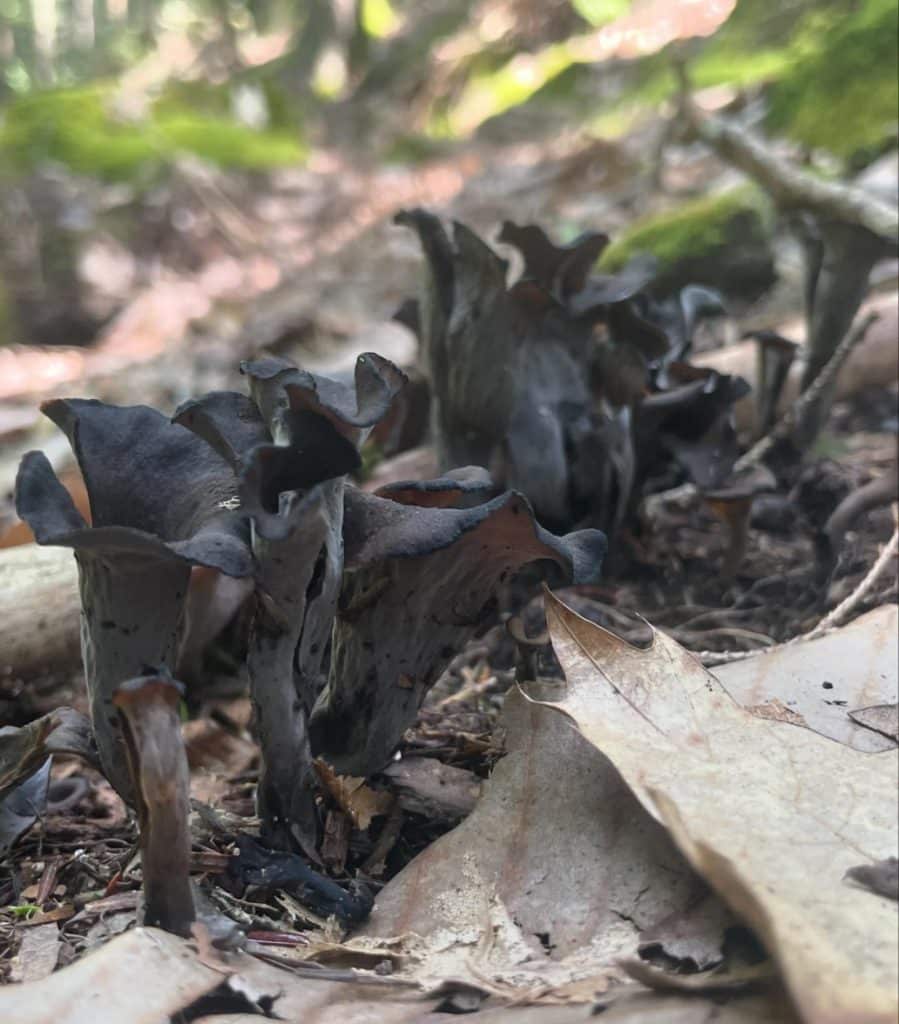
Black trumpets (Craterellus fallax) are a delicious wild mushroom whose flavor is compared to truffles. Black trumpets can be found summer to fall. They often fruit in moss, near oak and beech trees. Black trumpets can be either mycorrhizal or saprobic. They are in the same family as chanterelles and are often found growing in […]
Silphium perfoliatum – Cup plant
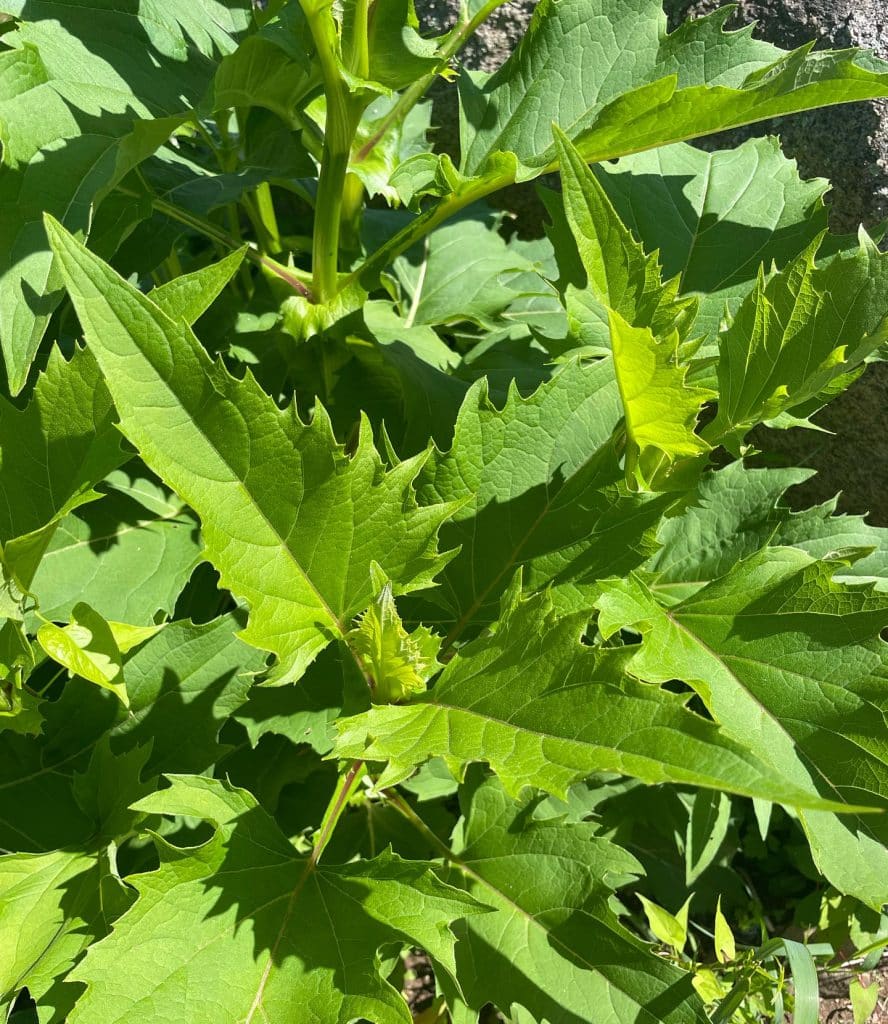
Cup plant (Silphium perfoliatum) is a perennial in the dandelion family. Cup plants are native to prairies in the central United States. They can be found growing in partial to full sun in moist soil. The plant often forms large colonies by rhizome. The cup plant is named for the cup that the leaves form […]
Lunaria annua – Annual Honesty
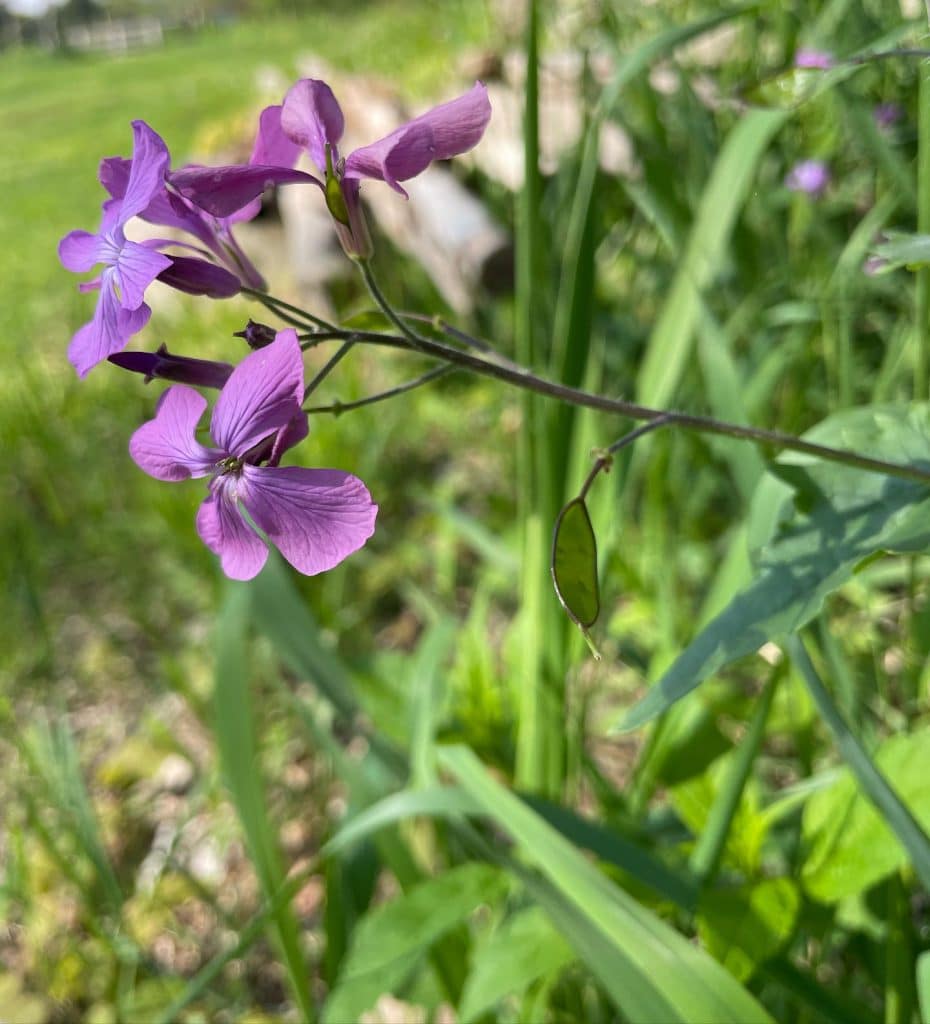
Annual honesty (Lunaria annua) is a non-native biennial that can be found in cultivated gardens and as an escapee in woodlands and waste places. Annual honesty, also known as the “money plant”, has finely hairy, heart-shaped leaves with toothed edges. The flowers have four petals in a cross shape. They are usually purple but can […]
Heracleum maximum – Cow parsnip
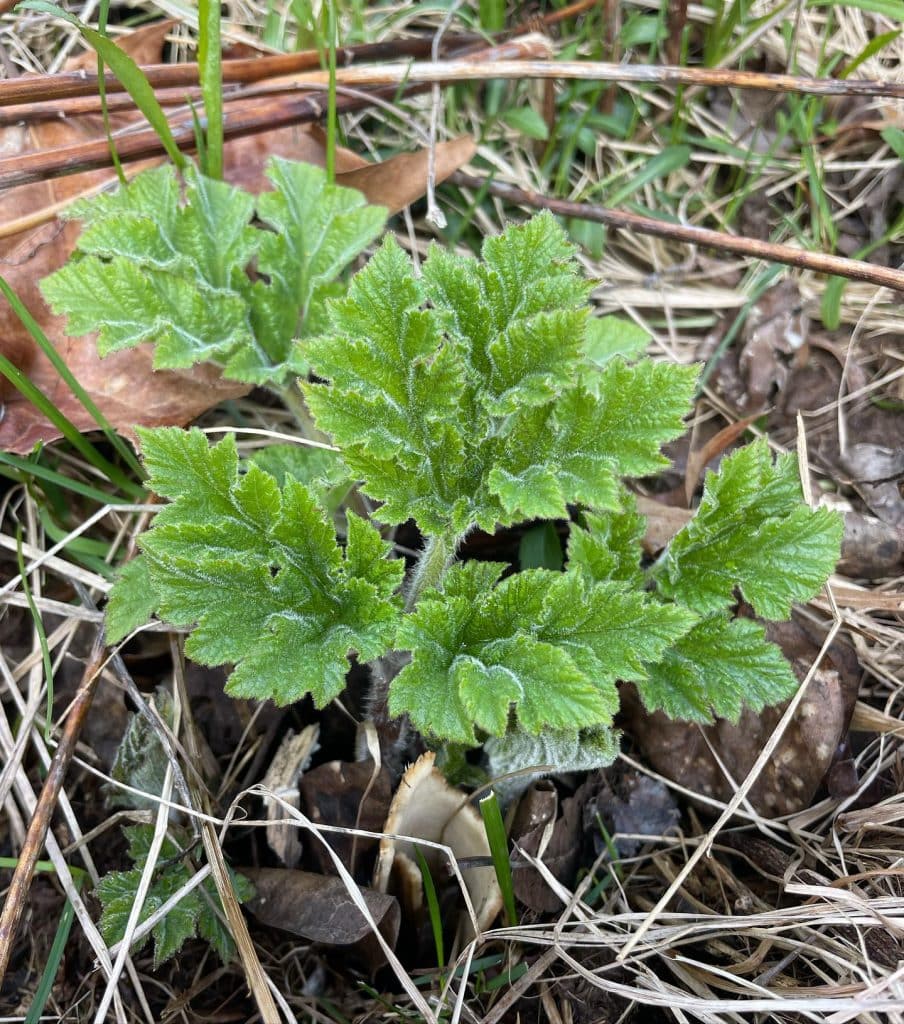
Cow Parsnip (Heracleum maximum) is a native perennial in the carrot (Apiaceae) family. Cow parsnip can be found along rivers, swamps, and forest edges. It prefers partial to full sun. Cow parsnip has 3-part, alternate, compound leaves with irregularly toothed and lobed margins. The leaves can grow to be 2 feet across at maturity. […]
Aegopodium podagraria – Ground Elder
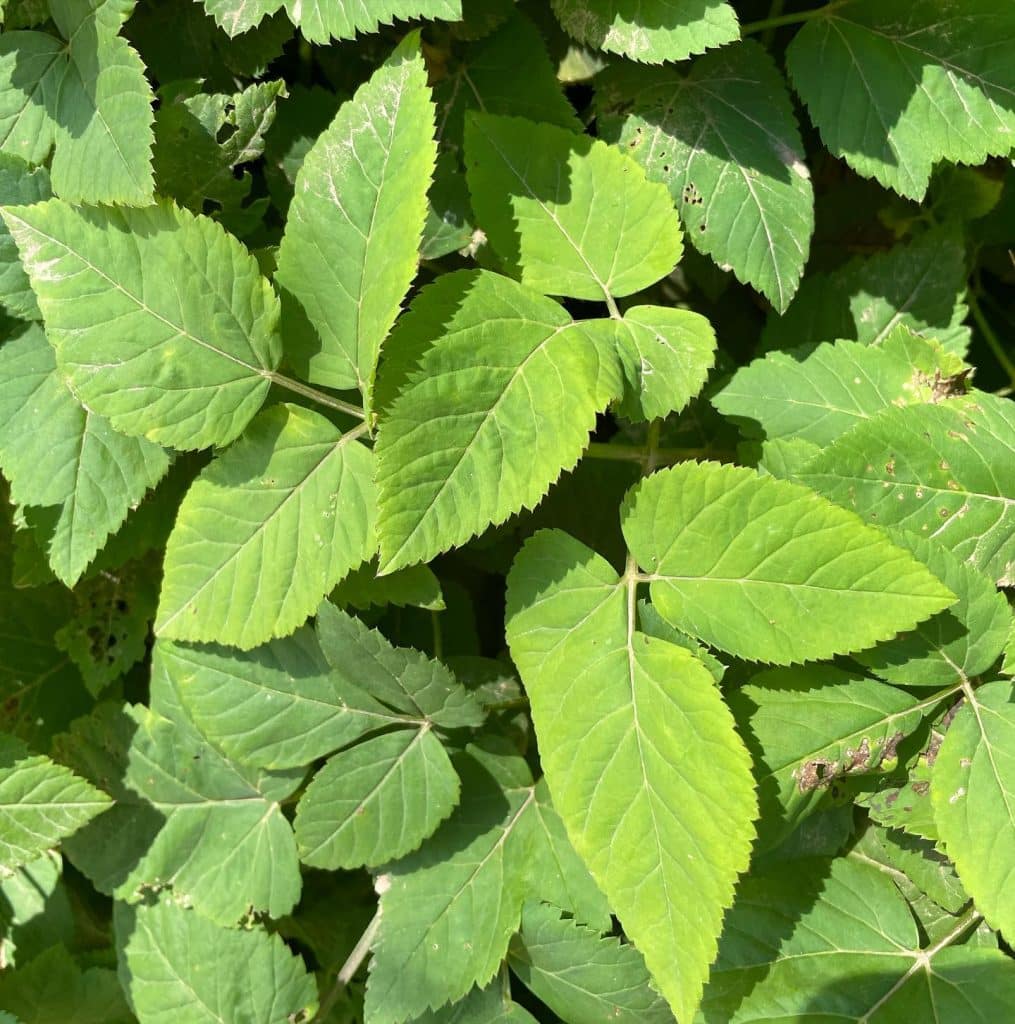
Ground Elder (Aegopodium podagraria) is an edible, invasive plant in the carrot family. Ground elder can be identified by its toothed, hairless leaves in groups of three. The plant grows less than a foot tall. The stalks are grooved and hairless, unlike Wild Carrot. In May-June, the plant sends up a flower stalk that grows […]
Sambucus racemosa – Red Elderberry
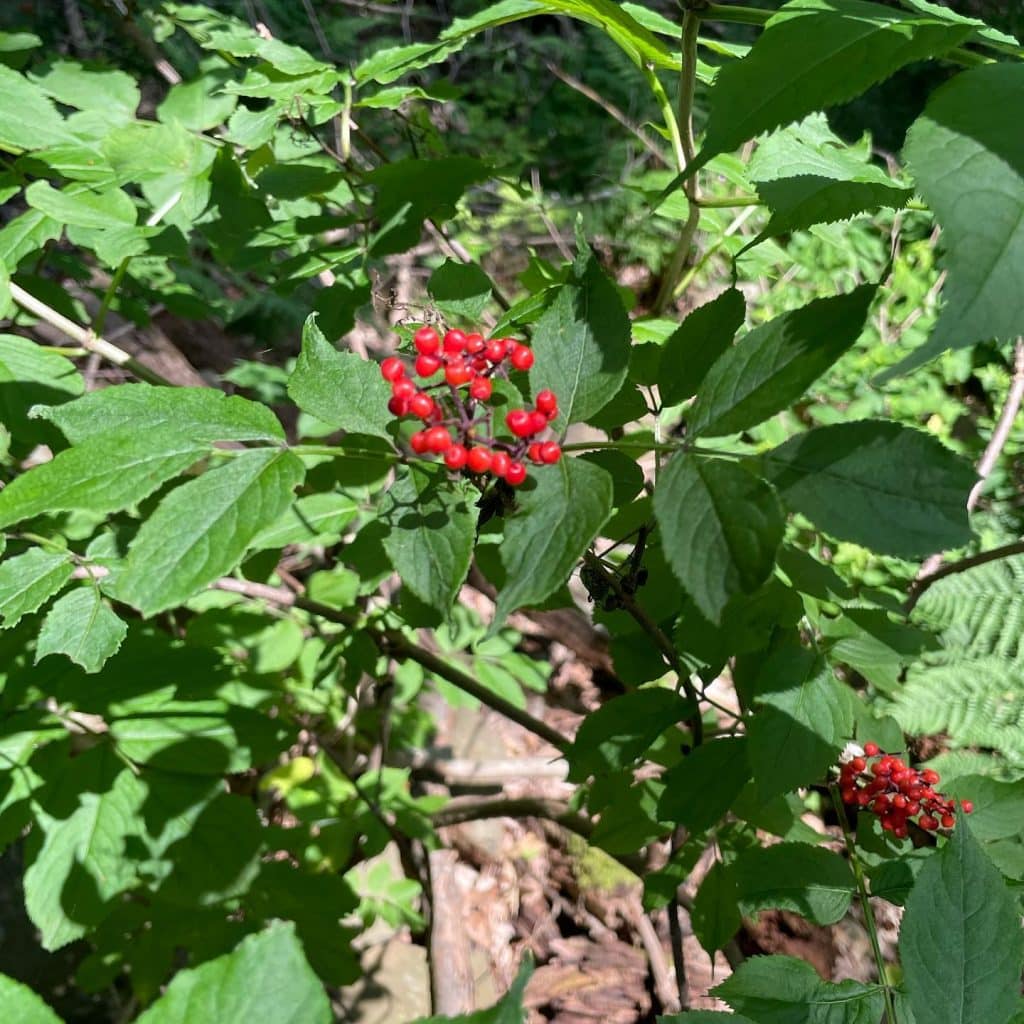
Red Elderberry (Sambucus racemosa) is a native plant found in moist areas with partial to full sun. Red elderberries can be identified by their opposite leaves divided into 5-7 leaflets. The red fruit ripens July-August. Red elderberry stems, bark, leaves, and roots contain cyanide-producing toxins. Red elderberry seeds are also poisonous. Raw fruits may cause […]
Caulophyllum thalictroides – Blue Cohosh
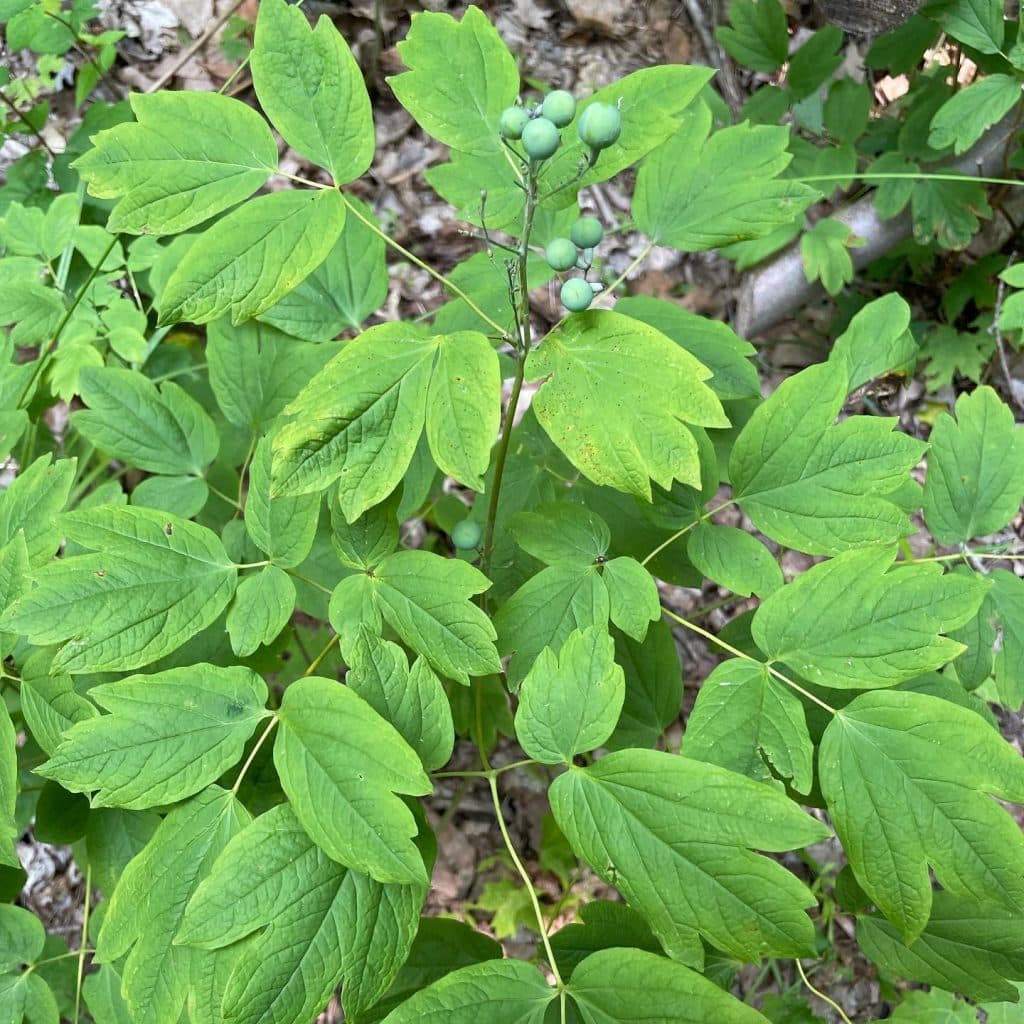
Blue Cohosh (Caulophyllum thalictroides) is a native plant that was traditionally used to induce labor. Blue cohosh grows best in mixed hardwoods. It can be identified by its blueish green lobed leaves. Blue cohosh is a non-aggressive plant that is at risk for over-harvesting. Thoroughly roasted seeds of the blue cohosh berry have been […]
